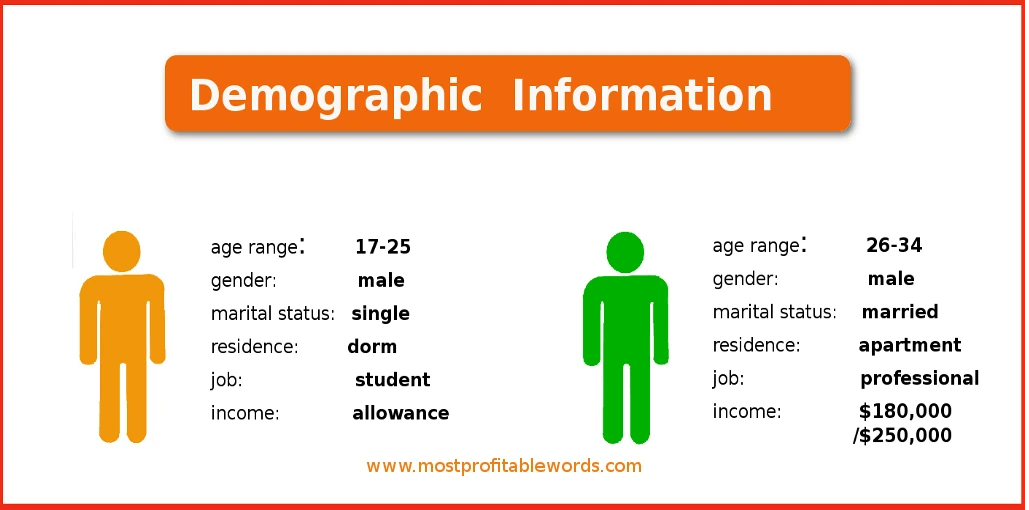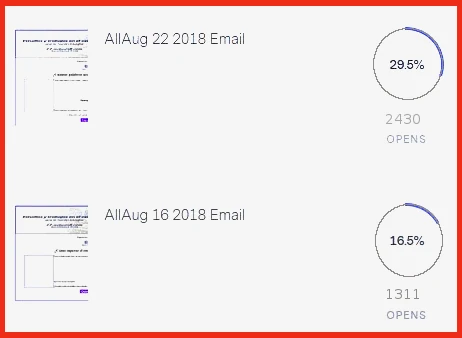
The Copywriting Brief
The copywriting brief is the best tool to work with a copywriter. All the neccessary details should be included so the copywriter can create copy to achieve your business goals.
July 26, 2021
What is a Copywriting Brief?
The copywriting brief is an important written record where all the background and context information about a copywriting project should be written in details, together with the requirements, expected results and deadlines. This way the copywriter will deliver copy that accomplishes your project goals and skyrocket your sales.
The copywriting brief is wonderful tool to consider all the elements that contribute to the success of a well-done copy. At the same time, the brief offers opportunity to discuss different parts of the project with small business owners who are either new or experienced in this kind of activity.
Copywriters can also offer a brief template to clients so they take into account all the information they have to provide you with, like the one you can download here.
What is the Purpose of a Copywriting Brief?
Once copywriters understand the image your brand projects or want to project in the market place, copywriters use the copywriting brief to create your brand image through copy. This way, your brand stand out through relatability, language and tone.
The purpose of the copywriting brief is to:
-
Help you think about what you really want from this campaign and don’t have false expectation. The brief is your written plan for the new project.
-
Collect valuable information that was long forgotten, not taken into account before or thought not necessary for the copy.
-
Help you understand that copywriting alone cannot do magic unless it’s well-connected with all the previous promotional activities you have done before for your business, a deep understanding of your product or services and your target audience.
-
Trigger rich discussion between you and your staff and later on with your copywriter about your product, your previous campaigns, your buyer and much more.
-
Avoid waste of time. This written report will help the copywriter get all the information needed at hand while he does his own research and come with a great idea for your copy.
-
Clarify your business tone of voice. This will let express your business personality consistently.Also, your audience will understand your brand easily.
-
Include the do's and don't. This is a great opportunity to let the copywriter what your business best practices are.
Start with a copywriting brief template. keep it close to you as it will be used every time you start a new project.
What Should you Include in a Copywriting Brief?
1. Company
Company
The copywriter needs to put a name to each client so the brief should include the company’s name, the person in charge of the project and their phone number and email to be reached whenever it’s necessary.
Industry
This information provides more details about the economic activity concerned with the business at hand and the specific niche market the product is targeted at. The information about the competition helps the copywriter learn where your business stands in the market and what strength and weaknesses your competitors have.
Position in Industry
Market position determines the identity of your business brand and how consumers perceive your products in relation to your competition.
Think about your point of difference, the qualities that sets you apart from similar companies and what elements attract most of your regular customers to your offering.

Marketing Strategies
Inform the copywriter about your annual marketing plan of action, including your promotional strategy to reach your target audience and get leads or sales. Add reports about past metrics.
Also, include details about the voice of your company and the kind of language to be used. Does the language have to be formal? Conversational? Funny?
2.Project
What Kind of Copy will the Copywriter Create?
What do you want the copywriter to do? Web pages, marketing email campaign, social media posts, case studies, newsletters?
Goal of the Project
What’s the aim of this piece of copywriting? Do you want your customers to like your post, share it, submit their email, or buy your product?

Deadlines
The due date for drafts and final copy must be clear so both parties know what to expect and how much time the project will take.
Word Count
The copywriter needs to know how long his piece of writing should be. Does he have to provide an exact number of words or is he free to decide the length of his writing?
Design
Does the copywriter has to work with a designer? Does he have to write different pieces for specific parts of the presentation. Will pictures need captions? All the details have to be included so the final piece is perfect.
Keywords
All digital writing have to include keywords, those words the public type when searching for information online. Will those phrases be provided? Does the copywriter have to write title tags? Does he have to use synonyms or variation of keywords in the writing. What density do the keywords have to have?
3.Offer
Offer Description
Your product or service has to be a valuable item your prospect wants or needs. The copy has to express clearly the benefits it brings to your customer. The price has to be competitive so the offer is perceived as highly convenient.
Make him an offer he cannot resist ---The Godfather
Product Differentiation
What are you trying to sell the prospect? How much does your product cost? Why should they believe you? What’s in it for your customer?
Social Proof
Provide the copywriter with successful stories of satisfied customers, such as testimonials or case studies. Endorsements are also important.
Use your credentials to create trust. Add information about how long you have been in business, number of offices in the country or abroad, number of employees, product innovation, numbers of items sold, memberships and publications.
Has you business won an award like "Best Customer Service in Town" or similar? Please include it in your brief.
4. Audience
Demographics
The knowledge of your customers’ age, neighborhood, profession, marital status, parenthood, income and preferences is essential.

Target Audience's Awareness
Based on the level of your audience awareness, the approach to speak to them will be quite different.
Is your prospect completely unaware of his problem? Does he know he has a problem but doesn’t know how to solve it? Does he have a problem and know the solution but doesn’t know your product? Does he have a problem and know you’re the best option?
Problem your Audience is Facing
What are your customer’s pain points? What keeps him awake at night?
Solution your Product Offers
How does your product solve your customer’s problem in an easy, quick and affordable way?
Customer’s Objections
What stops your prospect from buying? Is your product too expensive? do you offer payment options? Is your delivery quick?
Customer’s Motivation to Act
What moves your customer to buy your product? product’s durability, freshness, price?
Places to Meet Prospects Online
Now that we have a general idea who your customer is, the copywriter needs to know where to meet him. What social media do your audience hang out?
Type of Language Prospects Use
What are your customers' most common language phrases?
Do they use lots of slang?
Do they use technical language?
5. Metrics
Metrics is a standard system of measure. This will help you determine how successful your copy is.
Results
Determine the key performance indicators you want to measure and turn them into quantifiable metrics.
What do you want to measure to consider your copy successful? Website traffic increase,conversion rate, sales boost or brand awareness?
6. Previous Data
Previous Metrics
Comparison between the new copy’s results and previous copy's metrics is essential to get data analysis results. You simply compare values between two points in the chart and can see the trend.
For example,in a newsletter that's regularly send to the same email list, offering a given product but with one variable changed ( bigger and brighter image of product), how many people have clicked the "buy now " button in both campaigns.
Associate two elements from different copies for the same product and goal, and evaluate the trends in your results.

Surveys and Analytics
Provide surveys that reflect customers opinions and browsers and social media analytics results, telling you where customers come from, what time they turn up online, how much they have spent in the past. This type of information will provide important insights to consider when writing the copy.
7. Notes
Add any information you consider important for this project.
Conclusion
Although writing a copywriting brief looks like lots of work, it will help you, as a small business owner, think deeply about the copy you want to get from the copywriter and avoid waste of money and time.
Also, the compilation of all this information will help the copywriter do his own research quickly and find valuable information he could use to create fresh and successful copy that will convert.
Need help withyour copywriting? Contact us
Add a comment